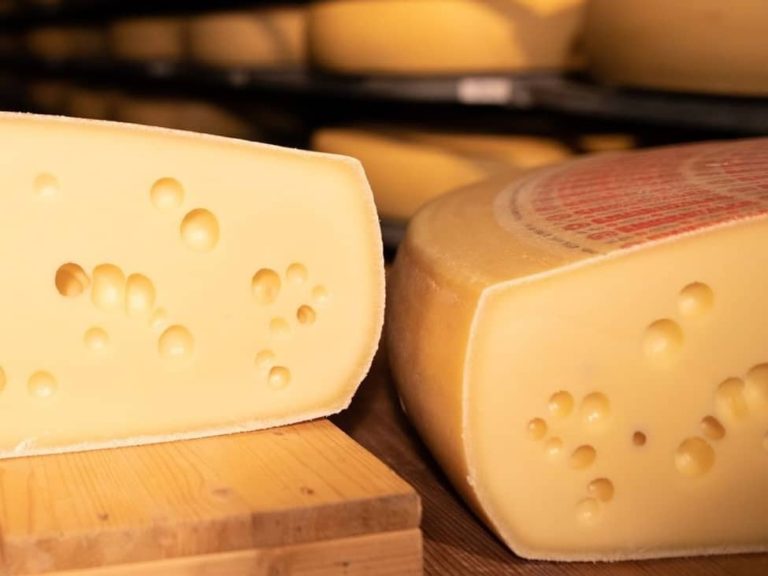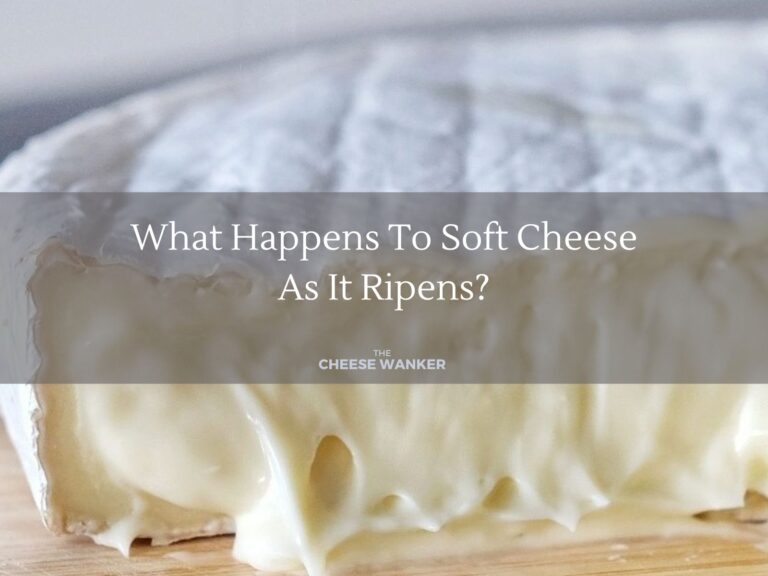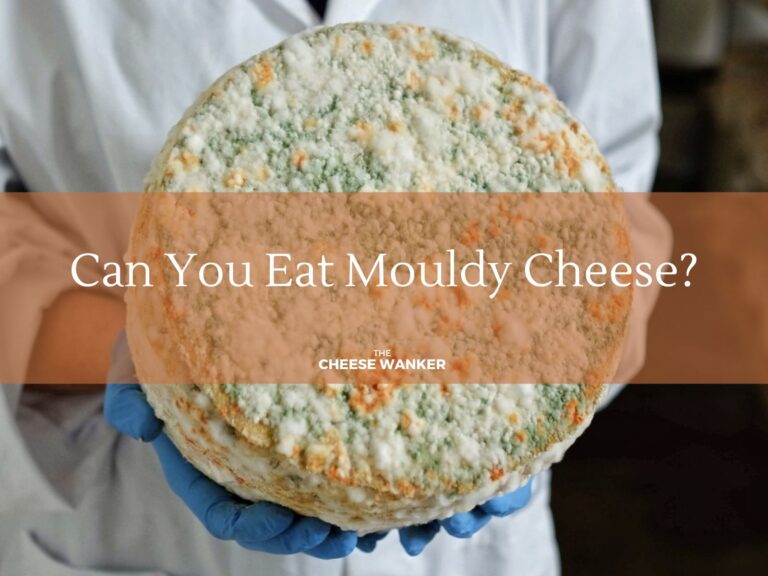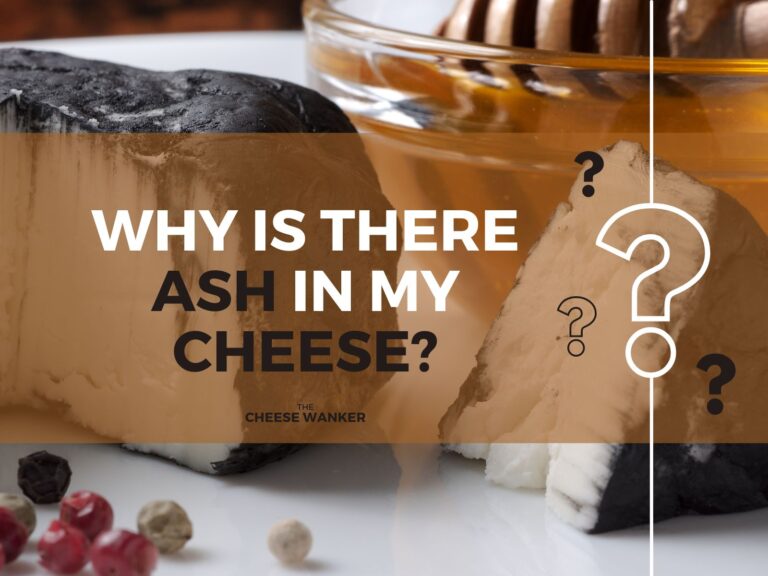Have you ever bitten into a piece of cheese and heard a crunching sound? Of course you have! Read on to find out what those crunchy bits in cheese are. And how they vary from cheese to cheese.
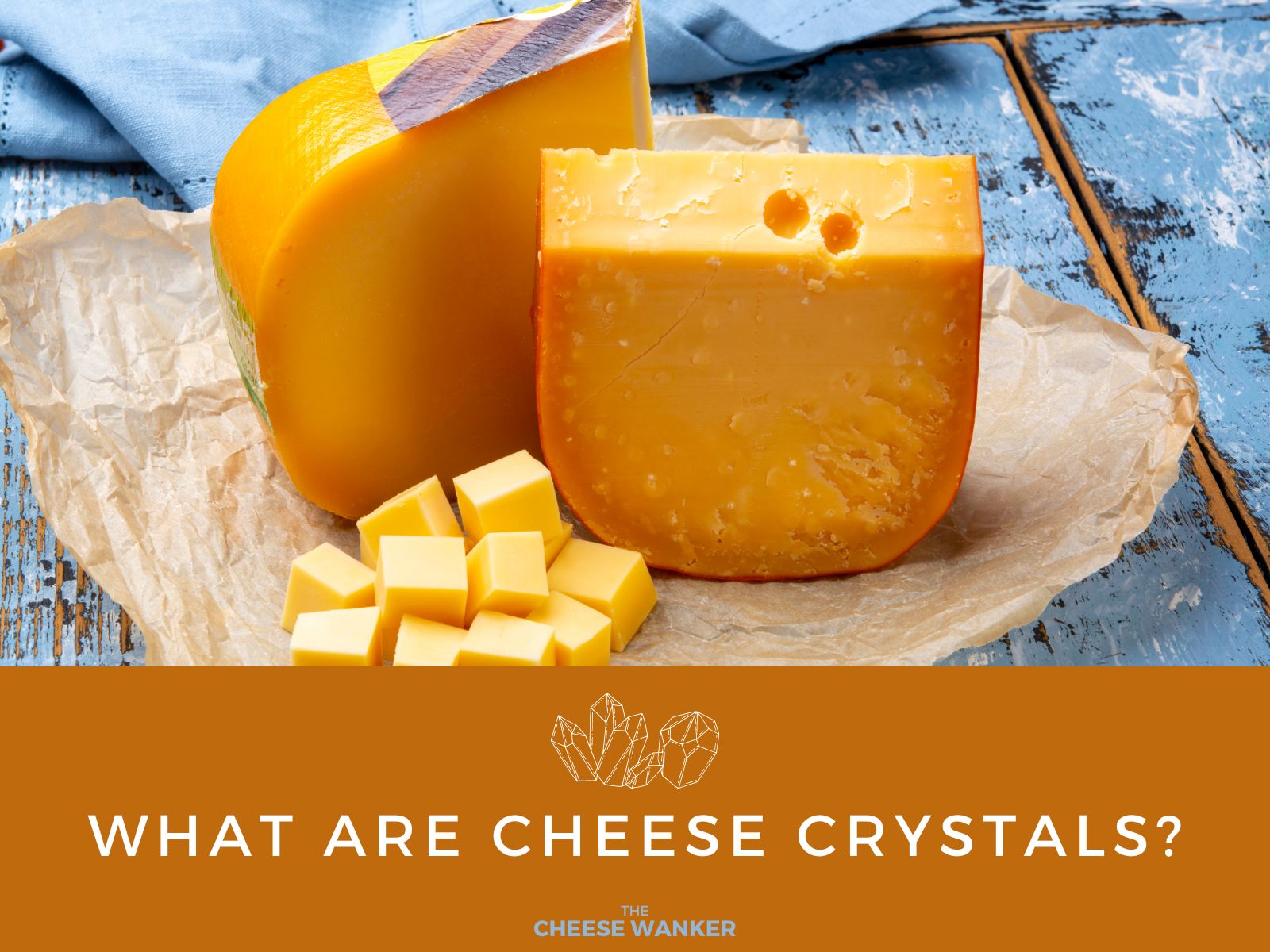
SEE ALSO: Why are some cheeses so orange? →
The types of cheese crystals
Those crunchy bits in cheese are called cheese crystals. Pretty fancy name right? Moreover, you are most likely to find them in semi-hard to hard cheeses, that have been aged for an extended period of time.
Effectively, those crystals that fall largely under two categories, tyrosine and calcium lactate crystals.
Tyrosine crystals
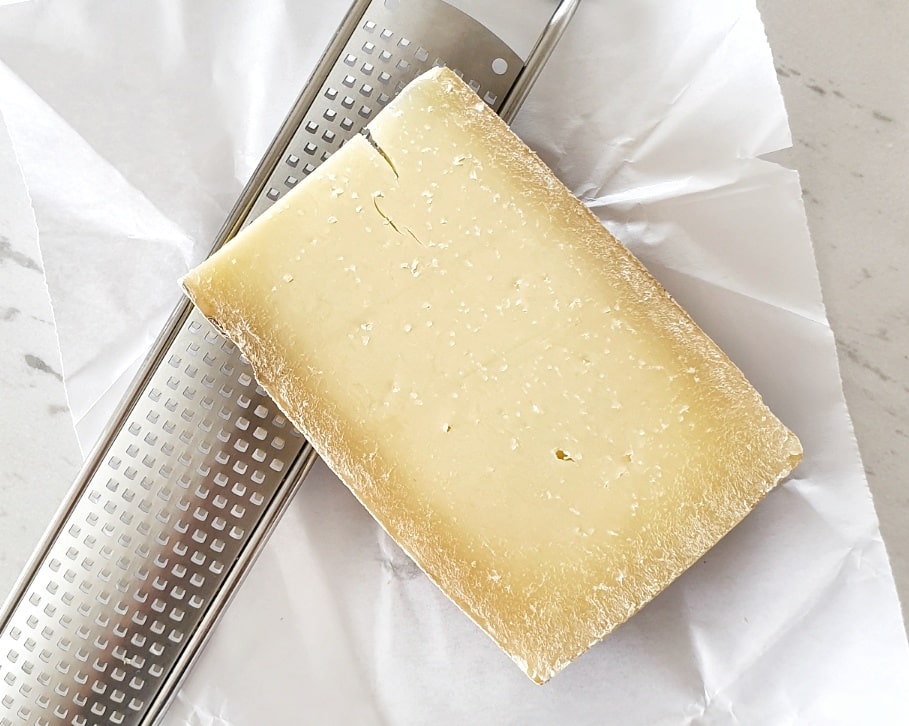
What is tyrosine?
Tyrosine is a non-essential amino acid that is formed in cheese by a very specific cheese culture called Lactobacillus helveticus.
Interestingly, this lactic acid producing bacterium derives its name from the Latin name for Switzerland, Helvetia.
Where to find tyrosine crystals
Unsurprisingly, the crystals most commonly found in many aged Swiss, Italian and Dutch cheeses are tyrosine. Examples include Gruyère, Parmigiano Reggiano and Beemster.
Moreover, cheesemakers add Lactobacillus helveticus cultures to milk to encourage flavour formation. What it actually does on a molecular level is break down the protein in the milk to form a number of amino acids, including tyrosine.
How tyrosine crystals are formed
As the tyrosine content in cheese builds up over time, it starts to crystallise out and clump together. This process can happen both on the surface of cut cheeses and within the eyes of some semi-hard cheeses.
Do tyrosine crystals have any flavour?
Whilst tyrosine makes a significant contribution to the texture of cheese, it is actually flavourless. Paradoxically, tyrosine crystals are often referred to as flavour crystals in cheese.
The main reason for that might be because of its presence on cheeses that have been matured for an extended period of time. As a result of the age, those cheeses tend to have a more pronounced flavour that can be incorrectly attributed to the crystals.
Calcium lactate crystals
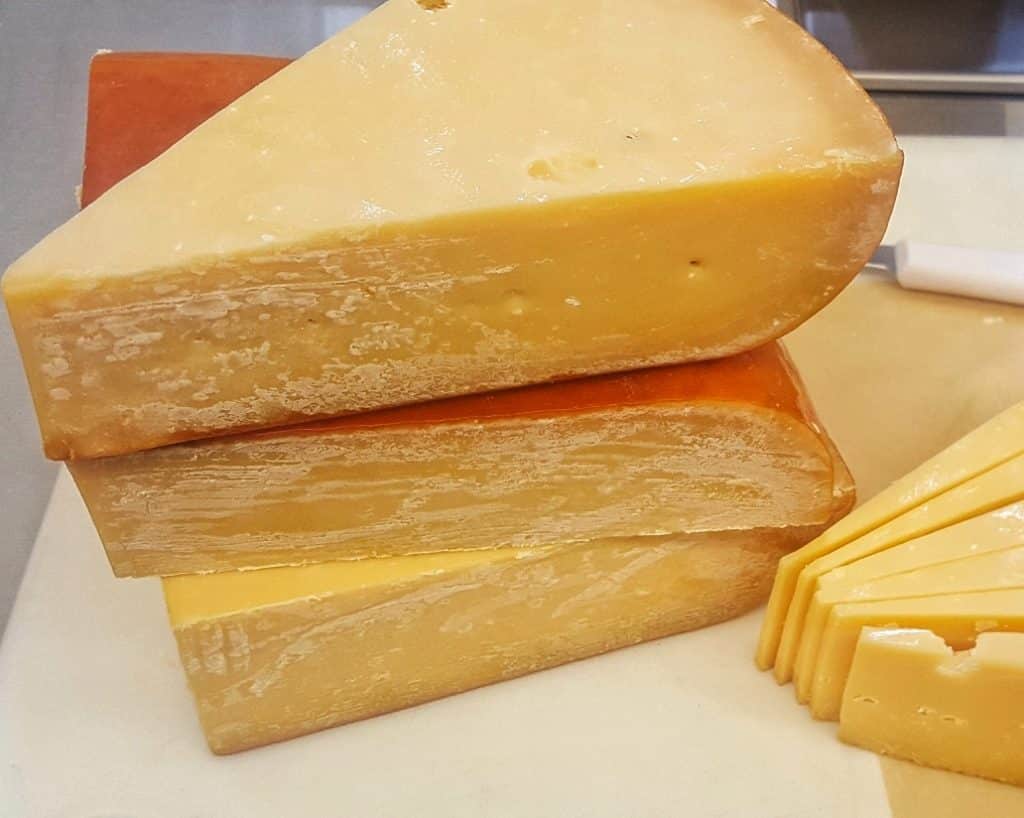
What is calcium lactate?
Now that we’ve covered tyrosine, let’s discuss the second most common crystal, calcium lactate.
Calcium lactate is a white, fine crystalline salt that is sometimes used as a food additive.
How is calcium lactate formed in cheese?
In cheese, calcium lactate results from the reaction between lactic acid and calcium salts from the milk. As the cheese matures, the culture breaks down the lactose in milk to produce lactic acid.
Over time, the amount of lactic acid in cheese increases significantly. As those levels rise, they start to bind to calcium ions to form calcium lactate.
Where to find calcium lactate
Similarly to tyrosine, calcium lactate starts to crystallise and appear as white layers on the surface of the cheese. Because the crystals need moisture to form, they are more likely to appear on the outside of cheese.
What does calcium lactate look like?
Unlike tyrosine, calcium lactate crystals tend to form a powdery smear across the surface of hard cheeses such as Cheddar and Gouda. As a result of this, they don’t usually have the crunchy texture that tyrosine has.
However, one similarity between the two is that they are completely flavourless, and of course, safe to eat.
You love those crunchy bits in cheese right?
To summarise, the crunchy texture in aged cheeses is mostly due to the presence of two crystals, tyrosine and calcium lactate. Having said that, there are also some other amino acids such as leucine that can be present in certain cheeses.
So there you have it! Now you know what those crunchy bits in your favourite hard cheese actually are. What’s your favourite crunchy cheese? Drop us a comment below.
